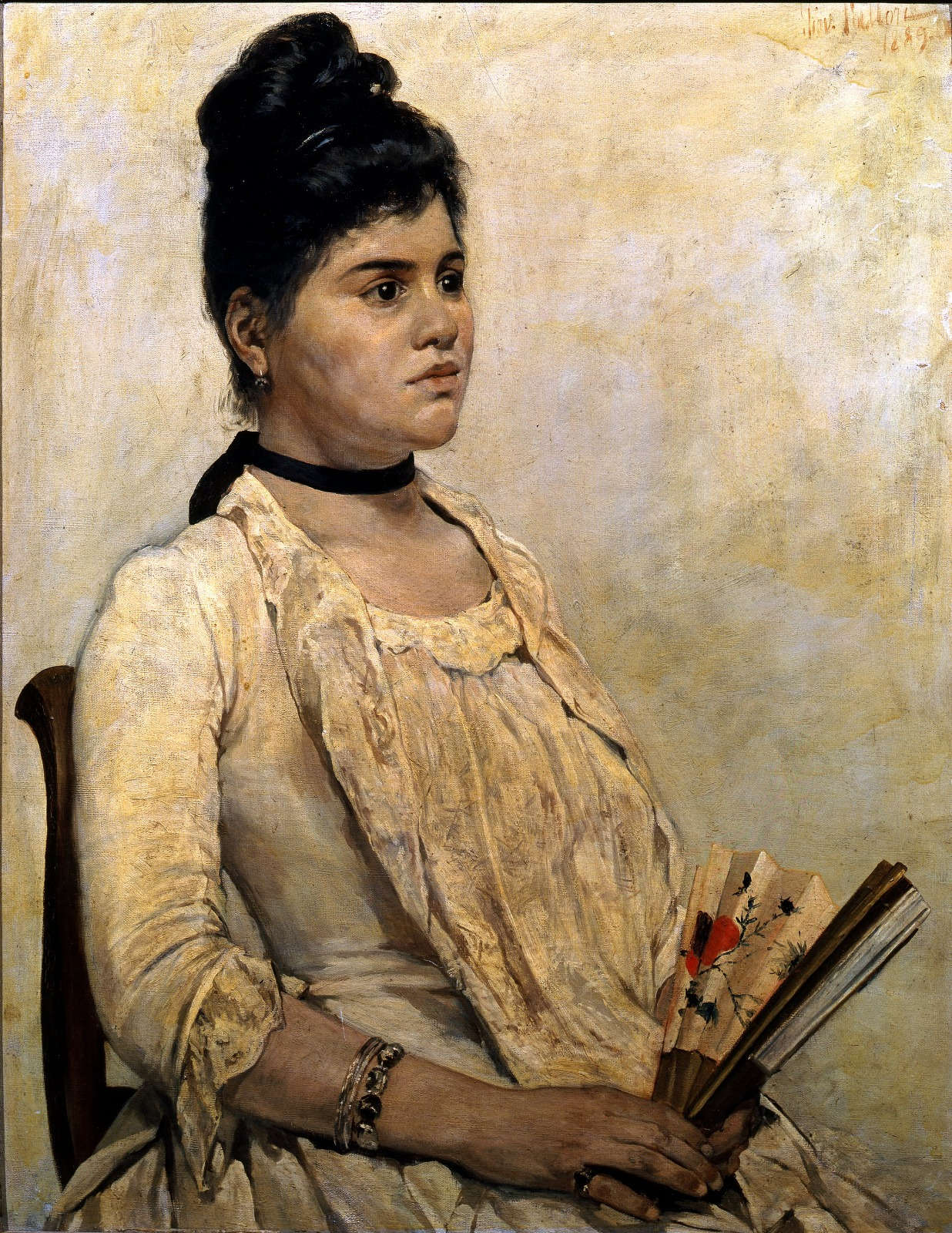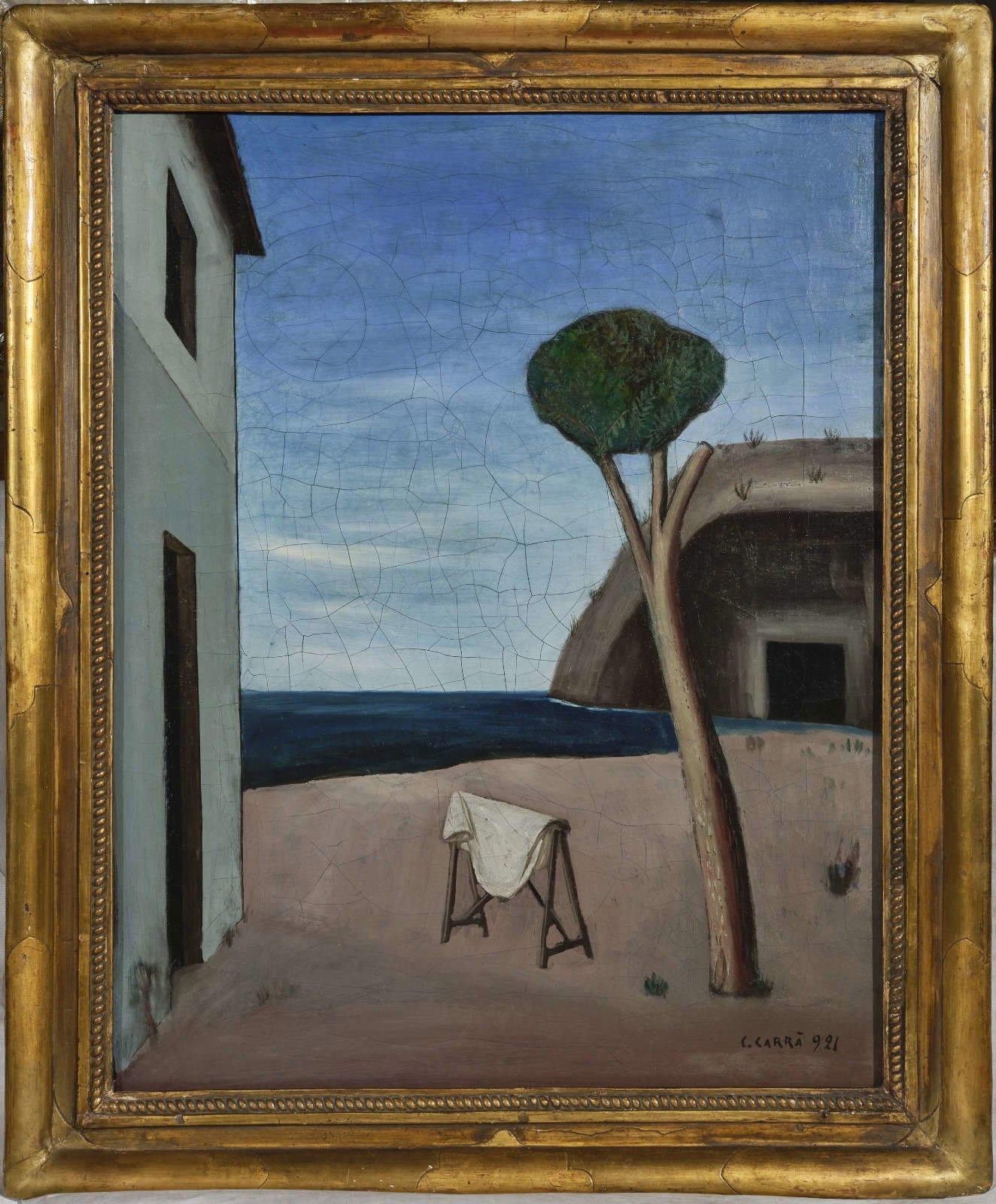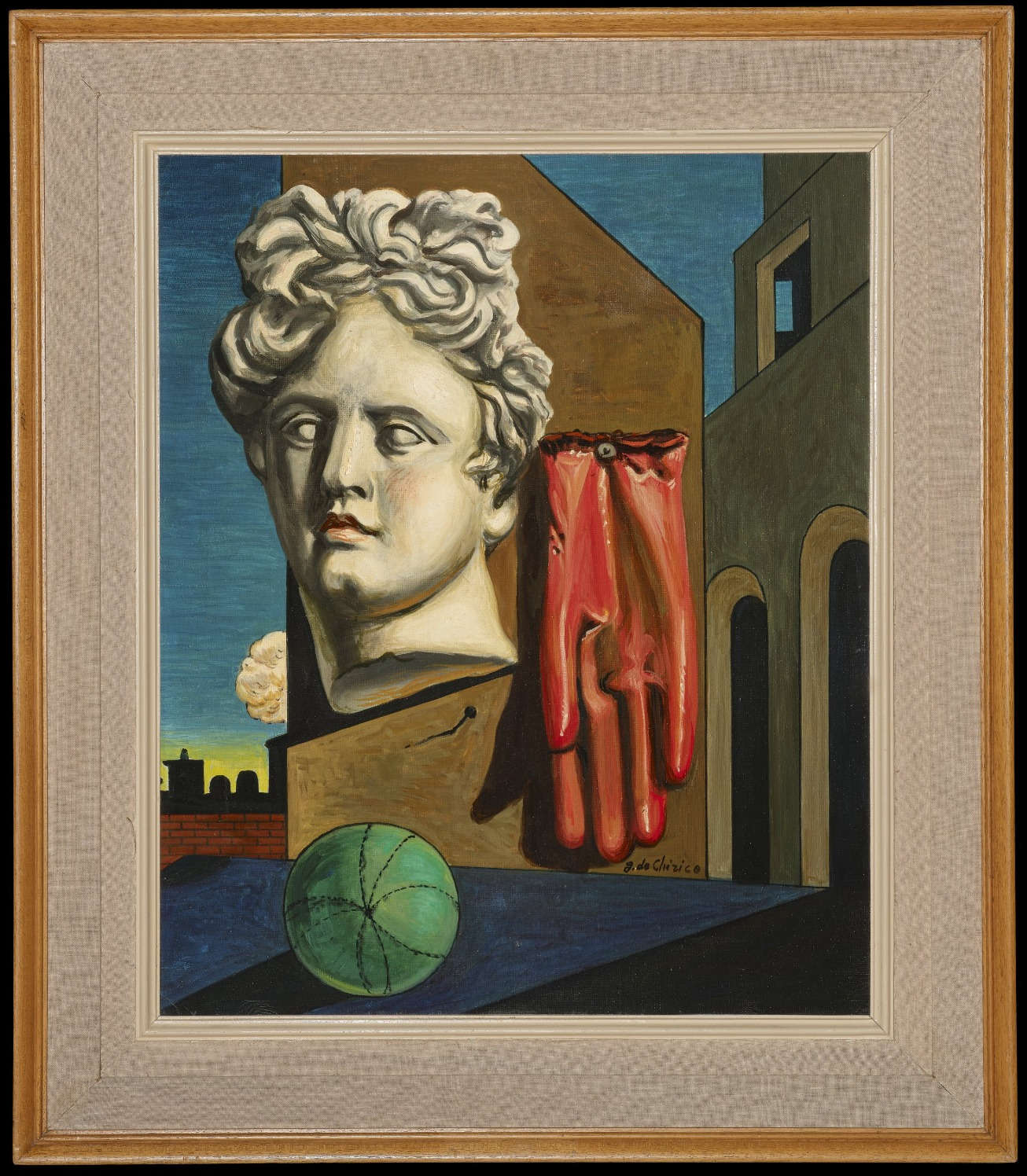Four months of Baltic relocation for Palazzo Pitti’s 19th-century masterpieces: in fact, from July 5 to Nov. 30, 2025, the Great Exhibition Hall of the Latvian National Museum of Art in Riga, Latvia, will host an exhibition, Light from Italy: from Fattori to Morandi, which displays a vast selection of 74 masterpieces from the Modern Art Gallery of Palazzo Pitti, part of the Uffizi Galleries in Florence. This is the first time such a large nucleus of works from the Florentine museum has reached northern Europe.
The exhibition is the result of an international collaboration and takes the form of an artistic and historical dialogue between the Italian collections and those of the Latvian National Museum of Art (LNMA), which contributes important works from its own holdings, relating to the second half of the 19th century and the first half of the 20th.
The exhibition is the result of an international collaboration between Italian and Latvian museum and academic institutions. The scientific direction is shared by Guicciardo Sassoliardo de’ Bianchi Strozzi, president of the Nuova Artemarea association and scientific curator of the project, Astrīda Rogule, director of the project for the LNMA, and Uffizi Galleries experts Vanessa Gavioli (curator of 20th-century art at the Galleria d’Arte Moderna di Palazzo Pitti) and Elena Marconi (head of the Galleria d’Arte Moderna di Palazzo Pitti).
Alongside them, Aija Brasliņa, art historian and head of research for the Latvian museum, leads a team of local scientific advisors that includes Aija Zandersone, Arta Vārpa, Marita Bērziņa, Eduards Dorofejevs, Nataļja Jevsejeva, and Luīze Frančeska Dakša. The exhibition design is signed by architect Artūrs Analts.
The title of the exhibition, Light from Italy, is intended to recall one of the most significant researches conducted by European artists between the mid-19th and early 20th century: light as an interpretative key to the world and a tool to tell emotions, atmospheres, social realities. In particular, the concept of “light” becomes the point of contact between the Italian avant-garde and Latvian modernist movements. The historical period explored in the exhibition-from 1861, the year of Italian unification, to the period between the two world wars-corresponds to a phase of fundamental transformation for Latvia as well, which was searching for its own cultural and national identity in those very years. The works in the exhibition aim to reflect these changes, bringing out similarities and differences between the two countries.


The selected Italian works cover a wide time and stylistic span: from the Uffizi, works by Macchiaioli artists such as Giovanni Fattori, Telemaco Signorini and Silvestro Lega start from the Uffizi, to the Divisionism of Vittore Grubicy de Dragon and Plinio Nomellini, from Symbolism to Futurism with Gino Severini, to Modernism represented by Giorgio de Chirico and Carlo Carrà.
Also present are protagonists of early 20th-century Italian art such as Giorgio Morandi, Antonio Donghi, Aldo Carpi, Guido Marussig, Leonardo Dudreville, and Italo Grizelli, and lesser-known but no less significant artists such as Neno Mori, Alberto Salietti, and Filippo Marfori Savini.
Many of these works come from the permanent collection of the Modern Art Gallery of Palazzo Pitti, but also from historical acquisitions of the Latvian National Museum of Art, which in the 1930s collected Italian works for exhibitions held in Latvia.



The core of Latvian works in the exhibition includes authors considered fundamental to the Baltic country’s art history. Among them: Kārlis Hūns, Jūlijs Feders, Vilhelms Purvītis, Janis Rozentāls, Johans Valters, Jāzeps Grosvalds, Jēkabs Kazaks, Voldemārs Matvejs, Pēteris Krastiņš, Teodors Zaļkalns, Gustavs Šķilters, Niklāvs Strunke, Aleksandra Beļcova, Jānis Liepiņš, and Kārlis Zemdega.
The works of these authors, placed in the exhibition itinerary alongside the Italian masterpieces, dialogue with them not only on a formal level but also through themes: the representation of nature, the investigation of the human body, national identity, and the exploration of the everyday.
An entire section of the exhibition is devoted to the many Latvian artists who visited Italy in the late 19th century and the early decades of the 20th. These sojourns represented formative experiences that profoundly influenced their style and poetics.
Latvian artists did not just observe: they participated in Italian artistic life, studying in academies, copying old masters, collaborating with Italian colleagues. The exhibition therefore aims to document these interactions and shows how Italy played a key role in the construction of Latvian cultural identity.
Accompanying the exhibition is a trilingual illustrated catalog - in Italian, Latvian and English - published by the Istituto dell’Enciclopedia Italiana Treccani, in collaboration with the Uffizi Galleries and the Nuova Artemarea association.
The scientific part is enriched by a cycle of readings and lectures divided into three sessions, scheduled in March, July and November 2025. The meetings involve well-known Italian and Latvian scholars who will delve into the themes of the exhibition, providing new interpretative insights.
The project is made possible through the support of the Ministry of Culture of the Republic of Latvia, the City of Riga, theItalian Embassy in Riga, Rietumu Banka, theEmbassy of Latvia in Italy, Casa Nostra, Neiburgs and Alfor.
 |
| The Uffizi gets into Riga: 74 works from the Pitti Palace on a trip to Latvia |
Warning: the translation into English of the original Italian article was created using automatic tools. We undertake to review all articles, but we do not guarantee the total absence of inaccuracies in the translation due to the program. You can find the original by clicking on the ITA button. If you find any mistake,please contact us.